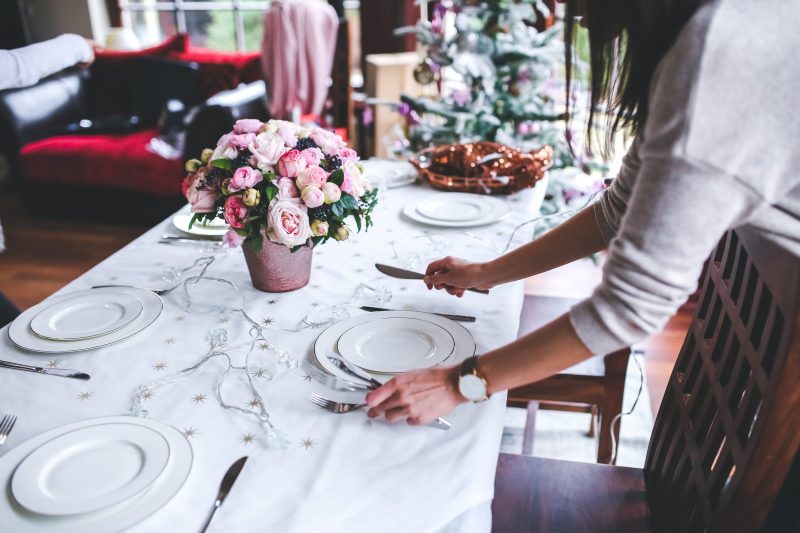Capturing a white subject against a white background is a famously challenging prospect. Done well, it conveys an image of supreme beauty, a feeling of purity, quality, innocence and positivity. Done badly, it can either make the background and the subject blend into one another, making it hard to see where one ends and the other begins, or give the background the appearance of being grey. The way the scene is lit is the most important aspect of getting the desired effect, but also, fine-tuning the settings on your camera can be the difference between a good photo and a spectacular one.
Harnessing the light
It goes without saying that the background should be pure white, iridescently so and the subject should also be lit well enough to see the detail. You may have heard this referred to as ‘High Key Photography’ and is absolutely perfect for use in product photography.
There are many ways to get the ultra-bright effect on the image background; strong light directed at the background, a backward-pointing flash behind the subject, a translucent background lit from behind etc. Too little, or no light and the background will start to appear grey, however too much light will bleed through to the foreground and begin to wash out the subject, so a balance must be reached.
The subject of the photo should also be well lit and from multiple angles. The lighting should be bright enough to eliminate any shadows, but not so bright as to overexpose the subject.
The positioning and direction of the available lamps, the use of reflective and non-reflective surfaces and a bit of experimentation can help you get exactly the right amount of light exactly where you need it to be.
Camera Set Up
If you’ve not experimented with the settings on your camera (other than turning the flash on and off), now might be a good time to look at the other available options.
There are three settings which will be particularly useful here; Shutter Speed, ISO and Aperture. All three options have their respective advantages and drawbacks.
- Shutter Speed relates to the amount of time between an old style camera’s shutter opening and closing again. This is measured in fractions of a second. On film based cameras, this defines how long the film is to be exposed to the image. Digital photography , although mechanically different, is represented in the same way; the amount of time the light sensor is given to capture a picture. There’s a trade-off here. The greater the time between the shutter opening and closing, the more light is let in, but the more the image will be blurred if the camera or the subject moves. Blurring itself can be used to create some interesting pictures, but in general terms, to capture a sharp photograph with a low shutter speed, you’ll need both camera and subject to be absolutely still.
- ISO is another throwback to the days of taking pictures with film. ISO represents the sensitivity of the film to light. Film with lower ISO numbers is less sensitive to light than film with higher ISO numbers and produce a finer grained photograph, but again it’s a trade-off. High ISO film can capture an image much faster than low ISO film because it’s more sensitive to light, making that high ISO film more suitable for darker conditions or fast moving subjects. The image will end up much more grainy however. In digital photography, changing the ISO doesn’t involve changing the film, it’s just another setting, but otherwise the concept is the same.
- Aperture, once again originates from photography with film and relates to how wide the shutter gets when it opens. As with shutter speed and ISO, Aperture is a sliding scale, this time measure in ‘f-stops’ and represented as the letter ‘f’ followed by a number. The smaller the number, the wider the shutter opens when a picture is taken and consequently, the more light gets in. This can be used to control the depth of field in the resulting image. Smaller aperture diameters drip feed the light through the opening so more detail can be captured evenly across the whole image, resulting in both foreground and background being in focus. Whereas, a wide aperture diameter lets in a lot of light in one go, leaving the background of the image blurry and only the subject closest to the camera in sharp focus.
It probably goes without saying that you want a detailed crisp image of the subject and there’ll be plenty of light available, so a low ISO number is likely a given. Otherwise, you can play the Shutter Speed off against Aperture setting to get the desired effect; both control the amount of light the film/light sensor is exposed to but affect the end result differently. Experimentation will yield the best results, but a knowledge of how the settings affect the image will allow you to make the right call in fine tuning your camera for the perfect picture.
At Ikon Photography, we’re experts at getting the right shot for you every time. Get in touch with us to discuss your requirements and let us make your products shine.


